
Customers using services at a co-working space in Ho Chi Minh City - Source: WF
Instead of renting a private office, shared workspaces help optimize costs, performance and revenue, increasing opportunities to come into contact with new ideas for cooperation and development.
Work in the morning, swim in the afternoon
Every morning in Thao Dien (Thu Duc City, Ho Chi Minh City), Chilean financial expert Diego Pumarino can visit WorkFlow - a co-working space - to spend half of his total working time each week.
He moved to Vietnam because his girlfriend was living here, but also because Ho Chi Minh City has many convenient locations that help him maintain an efficient work schedule while still enjoying life.
"Comfortable and quiet space, good service, stable WiFi... That's what I need" - Diego said, adding that this space "has the best price/value ratio" compared to places he has worked in Bali (Indonesia) or Santiago (Chile).
Oscar, a software engineer and investor from Mexico, is a typical example of a group of "digital nomads": people who work and travel freely. Having lived and worked in many places in Southeast Asia, Oscar now chooses Vietnam to work 40 - 80 hours/week.
According to Mr. Nguyen Dinh Quy - CEO of WorkFlow, at the Thao Dien facility, about 30% of customers are foreigners, mainly from Europe and North America. They choose co-working not only to work but also to socialize and connect.
"Some people say that $2,000 a month is enough to live and work in Vietnam," Mr. Quy shared. According to him, Southeast Asia has the potential to become a center attracting "digital nomads" from around the world if visa policies are more open.
According to some experts, Vietnam, especially Ho Chi Minh City, Da Nang and Hanoi , has become an attractive destination for "digital nomads", a group of experts or employees of multinational corporations working in a hybrid form (combining online and onsite) or moving on a project basis.
In addition, there is another group of customers who are small foreign companies or start-ups that want to test the market. Instead of investing in long-term office rental, they choose co-working as a "test station" to evaluate the development potential in Vietnam.
Invest billions in apps
According to CBRE Vietnam, Ho Chi Minh City currently has about 20 co-working space brands operating (including domestic and international). The average size of each location is from 1,500 - 2,000m2. It is expected that in the last three quarters of 2025, there will be 3-4 more international brands entering the Vietnamese market for the first time, and all will choose District 1 as the location for their first center.
Unlike traditional co-working models that primarily stop at renting flexible spaces, models like WorkFlow are built with digital thinking in mind from the start, helping to increase real-time operational efficiency and integrate with any building that wants to expand.
Mr. Quy said the team has invested billions to develop a separate app, allowing real-time booking, choosing room type, time slot... at five WorkFlow locations in less than a minute.
This system not only enhances the user experience but also helps space owners control operations - from payments, revenue reporting to personnel and material coordination. This is a vital issue for small units, when the traditional model is prone to losses from flexible bookings that are not fully recorded.
This is one of the reasons why many units cannot survive with the co-working space model when customers are difficult to manage, come and go a lot, spend little but want a good experience.
Not easy to "eat"
The co-working space market in Vietnam once experienced a period of "hot" growth, peaking in 2019 when the startup wave was high. The COVID-19 pandemic was like a big test, causing the market to immediately slow down. Many units that had raised large amounts of capital have quietly reduced their scale.
Mr. Do Son Duong, founder and CEO of Toong, said that the team had invested "a lot of money" to develop their own technology with the expectation of creating new values for customers such as automatic identification, loyalty cards, temperature sensors... But the result was that customers were not interested.
"Now, customers who need to book a room or print just need to send a Zalo message to the receptionist, no need for any app or form," Mr. Duong shared.
According to Ms. Nguyen Thi Thuy Nguyen - Director of CBRE Vietnam, foreign co-working brands invest in technology with specialized applications and global connectivity. Meanwhile, domestic brands mainly use third-party solutions.
Meanwhile, WorkFlow CEO believes that the market is forming a new generation of startups: leaner, led by founders who are no longer starting their businesses for the first time. They only need a team of 4-6 people, invest little capital, and have the ability to try right and wrong quickly. This is the customer group that WorkFlow wants to target.
"In the past two years, we have built the system, shaped the product and believe that in about a year, the new generation of startups will appear more clearly," Mr. Quy shared.
Fast development speed
Emerging in the 2000s, the coworking space model quickly became popular globally because users can flexibly rent seats by the day, week or month.
In Vietnam, pioneering brands such as Toong, Dreamplex, UPGen, CirCO... have expanded their operations in Hanoi and Ho Chi Minh City. According to calculations by some operators, using co-working helps save 20 - 35% of costs compared to traditional offices.
Data from CBRE shows that by mid-2017, Vietnam had 17 co-working operators with 22 locations, totaling 14,500m². By the end of 2018, the total co-working area is estimated to exceed 90,000m².
Some reports also said that Ho Chi Minh City was ranked 41st in the top 50 fastest growing co-working markets in the world (Q3-2019).
Multiple models for multiple segments
The initial investment cost for a co-working space can range from several billion to tens of billions of VND. Many co-working brands have had to close locations, showing signs of cutting losses.
Due to high investment costs, many co-working brands, after investing in 4-5 locations themselves, have switched to a cooperation model with a third party (building investors who want to increase rental capacity, coffee chains with excess space, or real estate owners for rent).
The way the models collect money also varies. Toong currently has about 85% of its revenue coming from customers renting private offices, the rest from flexible seating and meeting rooms. Toong's customers are mostly long-term rental companies, with a size of 20 people or more.
Meanwhile, WorkFlow targets individual customers and small groups and follows a model that combines a coffee and co-working space, generating cash flow from selling food and drinks and from co-working.
Source: https://tuoitre.vn/co-working-viet-diem-den-hap-dan-cua-dan-du-muc-ky-thuat-so-20250519001029975.htm


![[Photo] Special flag-raising ceremony to celebrate the 135th birthday of President Ho Chi Minh](https://vphoto.vietnam.vn/thumb/1200x675/vietnam/resource/IMAGE/2025/5/19/1c5ec80249cc4ef3a5226e366e7e58f1)

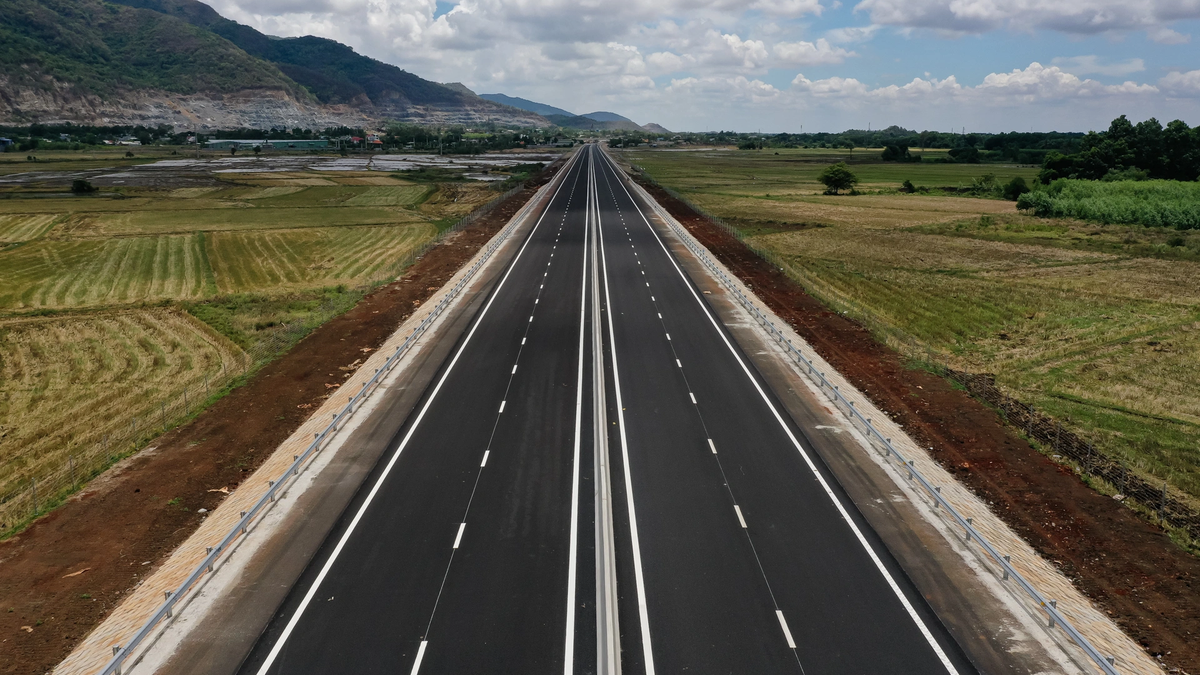
![[Photo] Party and State leaders visit President Ho Chi Minh's Mausoleum](https://vphoto.vietnam.vn/thumb/1200x675/vietnam/resource/IMAGE/2025/5/19/d7e02f242af84752902b22a7208674ac)
![[Photo] Party and State leaders attend the special art program "You are Ho Chi Minh"](https://vphoto.vietnam.vn/thumb/1200x675/vietnam/resource/IMAGE/2025/5/18/6895913f94fd4c51aa4564ab14c3f250)











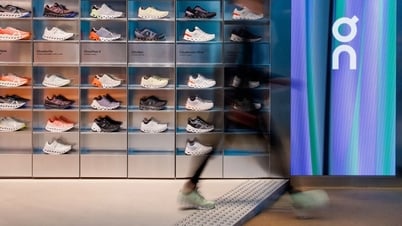
























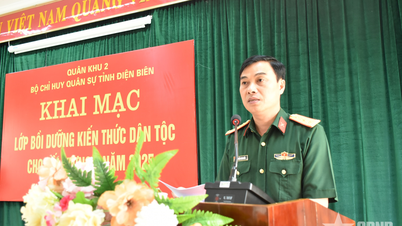






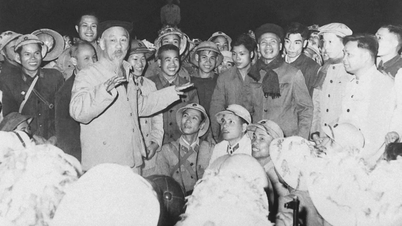
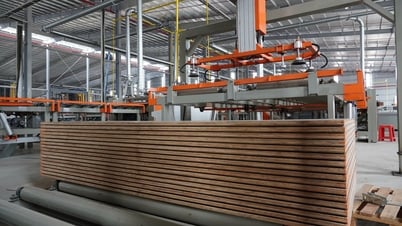

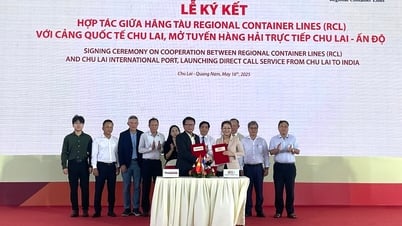







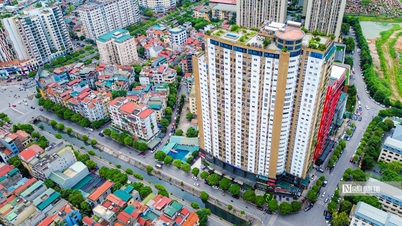


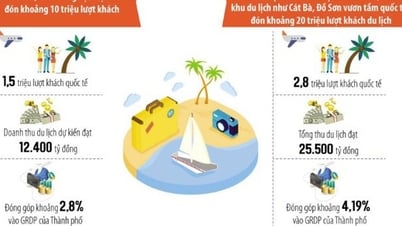

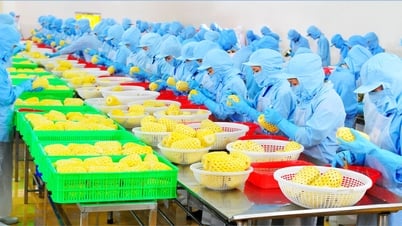





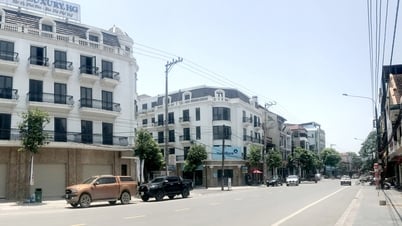

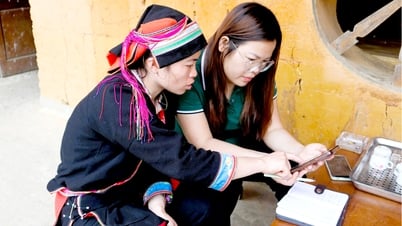
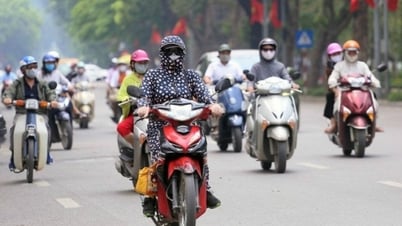

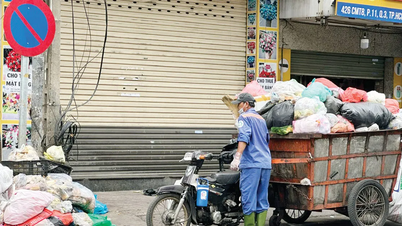

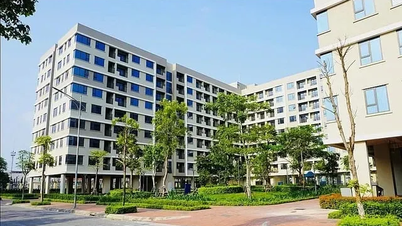











Comment (0)